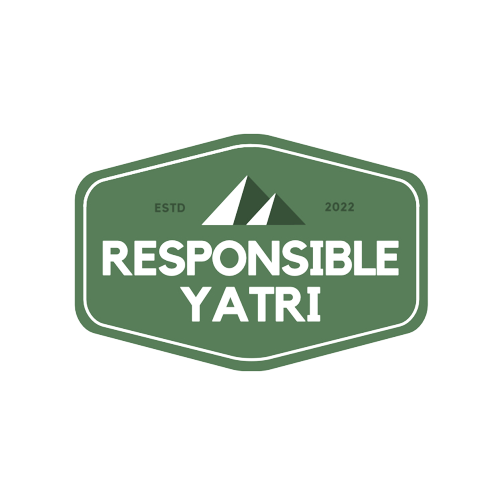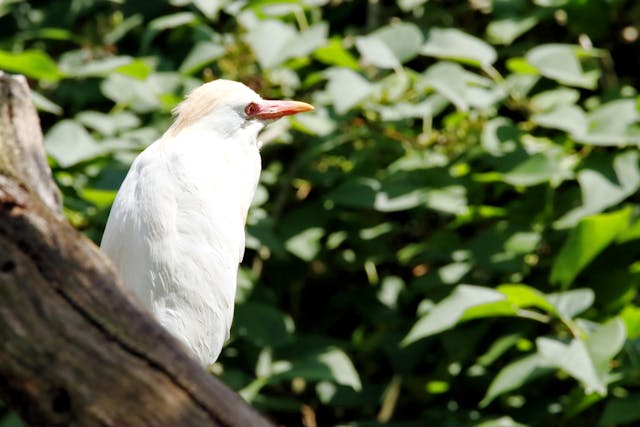Why Nature Reserves Are Not Zoos: Travel with Awareness
When we dream of seeing majestic animals like lions, elephants, tigers, or rhinos, we often think of two places—zoos and nature reserves. Both seem similar because they give us a chance to observe wildlife. But in reality, zoos and nature reserves are very different in purpose, structure, and how they treat animals.
As more people are traveling and exploring the outdoors, it’s important to understand why nature reserves are not zoos and how we can be more responsible when we visit them. This awareness helps protect animals, respect nature, and support conservation.
What is a Nature Reserve?
A nature reserve is a protected area of land or water where plants, animals, and ecosystems are preserved in their natural state. These areas are carefully maintained by governments or conservation groups to protect endangered species and ecosystems from pollution, habitat loss, poaching, and climate change.
Nature reserves are not meant to entertain people. Instead, they aim to let nature live freely, with minimal human interference. Animals in nature reserves are wild and not trained, and they survive using their instincts just like they would in the open wild.
What is a Zoo?
A zoo, on the other hand, is a place where animals are kept in enclosures and displayed to the public. Zoos often serve educational purposes and can help people learn about animals that they may never see in the wild. However, most zoo animals are born in captivity and live in artificial habitats.
While some modern zoos do participate in conservation programs, many still keep animals in limited spaces and controlled environments. In zoos, humans are always in control. In nature reserves, animals are in control.
Key Differences Between Zoos and Nature Reserves
To clearly understand the contrast, let’s break it down:
| Aspect | Zoos | Nature Reserves |
| Environment | Artificial enclosures | Natural habitats |
| Animal Behavior | Often trained or used to humans | Wild and free |
| Purpose | Education and public viewing | Conservation and protection |
| Human Interaction | Close and often constant | Minimal, from a distance |
| Animal Freedom | Limited movement | Full freedom to roam, hunt, and live naturally |
In short, zoos are controlled environments made for people, while nature reserves are protected spaces made for animals.
Why It Matters
It’s easy to enjoy watching a tiger pacing behind glass in a zoo, but that tiger isn’t living the life it was meant to. It’s been removed from its natural environment, unable to hunt, explore, or socialize freely. In a nature reserve, that same tiger would be stalking prey, marking its territory, raising cubs, and doing what tigers naturally do.
Conservation efforts work best in the wild. Nature reserves allow animals to keep their instincts sharp, maintain healthy breeding patterns, and stay away from the dangers of captivity.
Also, nature reserves protect not just the animals, but entire ecosystems—forests, grasslands, rivers, and wetlands that are home to birds, insects, fish, and plants. Everything in nature is connected. When we protect these areas, we are also protecting the Earth’s biodiversity.
How to Be a Responsible Visitor
When you visit a zoo, there are rules—but when you visit a nature reserve, there is an even greater responsibility. You are stepping into a world that doesn’t belong to humans, and it’s your duty to treat it with care and respect.
Here are some simple but powerful ways to travel with awareness:
1. Stay on Designated Paths
Nature reserves have walking trails or safari tracks for a reason. Going off the trail can damage plants or disturb animals’ homes. Always stay where you’re supposed to.
2.
Keep Your Distance
Never try to get too close to wild animals. They may seem calm, but sudden movements can scare or even provoke them. Use binoculars or zoom lenses to observe from afar.
3. Do Not Feed the Animals
Human food can be dangerous to animals. Feeding wildlife changes their natural behavior and can make them dependent on humans—something that’s especially harmful in the wild.
4. Keep Noise to a Minimum
Loud sounds, music, or shouting can disrupt animal routines or scare them away. Speak softly and avoid honking horns, banging car doors, or using speakers.
5. Do Not Litter
Plastic bottles, wrappers, or food waste can harm animals and pollute the environment. Carry your trash back with you and dispose of it properly.
6. Don’t Pick Plants or Flowers
What may seem like just a pretty flower to you could be a part of an animal’s food supply or nesting material. Leave everything where it belongs.
Travel for Respect, Not Just Instagram
In the age of social media, many travelers visit nature reserves for the perfect photo. While it’s okay to take pictures, always remember the reason you’re there—to observe, not to disturb.
Avoid chasing animals for the “perfect shot” or using flash, which can frighten them. Real awareness means putting the animal’s comfort and safety before your camera lens.
What You Can Learn
Visiting a nature reserve teaches patience, observation, and appreciation for nature. Unlike a zoo, where animals are always in view, spotting wildlife in a reserve requires quiet watching and waiting. But when you finally see a herd of deer or a tiger crossing your path, the experience is magical—because it’s real.
These moments remind us that we are part of nature, not above it.
Conclusion: Respect the Wild, Protect the Future
Nature reserves are not zoos. They are wild, raw, and beautiful places where life flows naturally. As visitors, we must act responsibly—by being quiet, respectful, and aware. Every small action matters.
When we travel with awareness, we support conservation, we respect the animal kingdom, and we leave behind not footprints in the wild—but only memories in our hearts.
So next time you pack your bags for a trip to a nature reserve, remember: you’re not just a tourist. You’re a guest in nature’s home.





